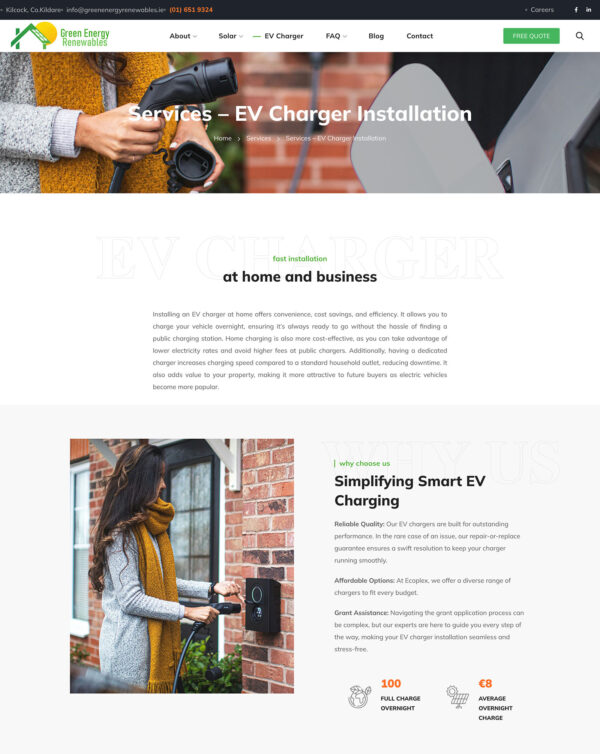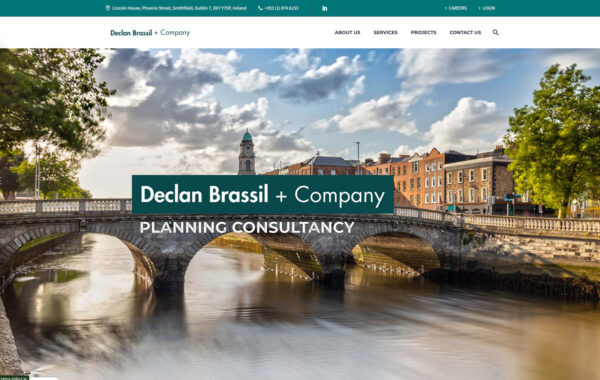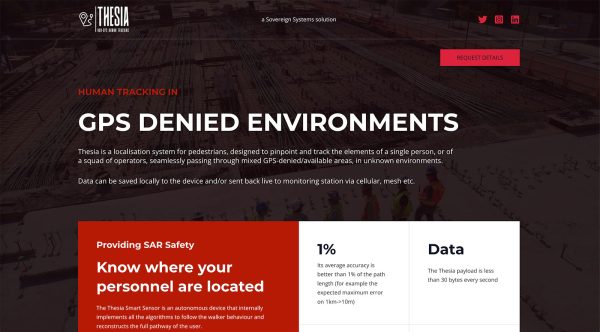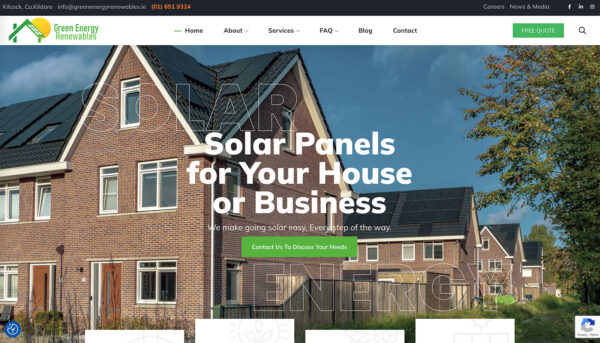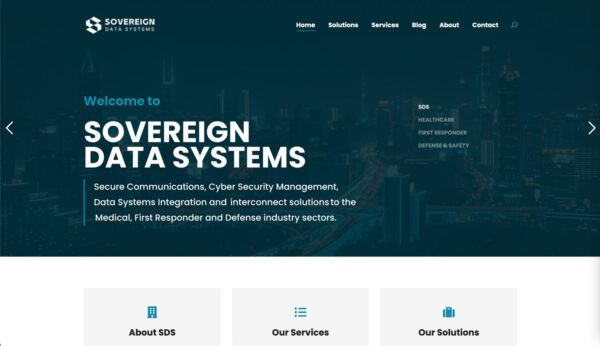1. Speed is Key
Users expect websites to load in under three seconds. A slow website can frustrate visitors and lead them to abandon your site before they even see what you have to offer. To improve site speed:
- Optimize images and videos
- Use a reliable hosting provider
- Minimize unnecessary plugins and scripts
 2. Mobile-Friendliness is a Must
2. Mobile-Friendliness is a Must
With over 60% of internet traffic coming from mobile devices, your website must be fully responsive. A mobile-friendly site ensures a seamless experience across all screen sizes, making navigation and interaction easy for all users.
3. Easy Navigation Enhances User Experience
If visitors can’t find what they’re looking for quickly, they’ll leave. Your website should have:
- A clear and simple menu
- Logical page hierarchy
- A search bar for easy access to content
4. Professional and Modern Design
A cluttered, outdated, or poorly designed website can make your business appear untrustworthy. Invest in a clean, modern design with readable fonts, high-quality images, and consistent branding to build credibility.
5. Strong Calls-to-Action (CTAs)
Your website should guide visitors toward taking action, whether it’s making a purchase, booking a consultation, or subscribing to a newsletter. Use clear and compelling CTAs such as:
- “Get Started Today”
- “Book a Free Consultation”
- “Subscribe for Exclusive Updates”
6. Secure and Trustworthy Features
Users need to feel safe on your site. Ensure security with:
- An SSL certificate (HTTPS instead of HTTP)
- Clear privacy policies
- Trust badges or testimonials to build credibility
Final Thoughts
Your website isn’t just an online brochure; it’s a crucial tool for building trust and growing your business. By ensuring speed, mobile-friendliness, intuitive navigation, and a professional design, you can create a strong first impression that keeps visitors engaged and coming back.
Need help improving your website? Contact us today for a free audit!
 Read more +
2025-04-14 By Shay in Website, WordPress
Read more +
2025-04-14 By Shay in Website, WordPress  Read more +
2025-04-13 By Shay in Landing page, Maintenance, Management, SEO, Services, Social Media, Website, WordPress
Read more +
2025-04-13 By Shay in Landing page, Maintenance, Management, SEO, Services, Social Media, Website, WordPress  Read more +
2025-04-11 By Shay in Maintenance, Management, SEO, Social Media, Website, Website add-ons, WordPress
Read more +
2025-04-11 By Shay in Maintenance, Management, SEO, Social Media, Website, Website add-ons, WordPress  Read more +
2025-04-10 By Shay in Website, WordPress
Read more +
2025-04-10 By Shay in Website, WordPress  Read more +
2025-04-09 By Shay in Website, WordPress
Read more +
2025-04-09 By Shay in Website, WordPress  Read more +
By Shay in Website, WordPress
Read more +
By Shay in Website, WordPress  Read more +
2025-04-08 By Shay in Website, WordPress
Read more +
2025-04-08 By Shay in Website, WordPress  Read more +
2025-04-07 By Shay in Website, WordPress
Read more +
2025-04-07 By Shay in Website, WordPress  Read more +
2025-04-05 By Shay in Maintenance, Management, Security, SEO, Services, Social Media, Website, WordPress
Read more +
2025-04-05 By Shay in Maintenance, Management, Security, SEO, Services, Social Media, Website, WordPress  Read more +
2025-04-04 By Shay in Social Media
Read more +
2025-04-04 By Shay in Social Media 
 2. Mobile-Friendliness is a Must
2. Mobile-Friendliness is a Must








